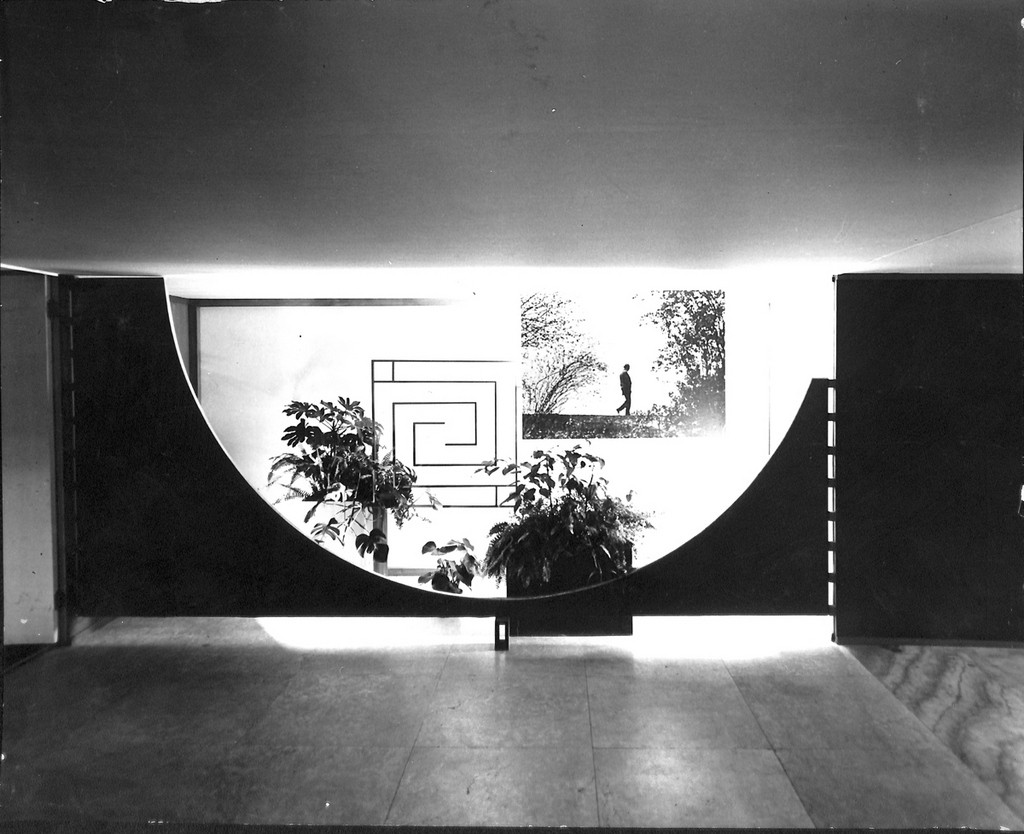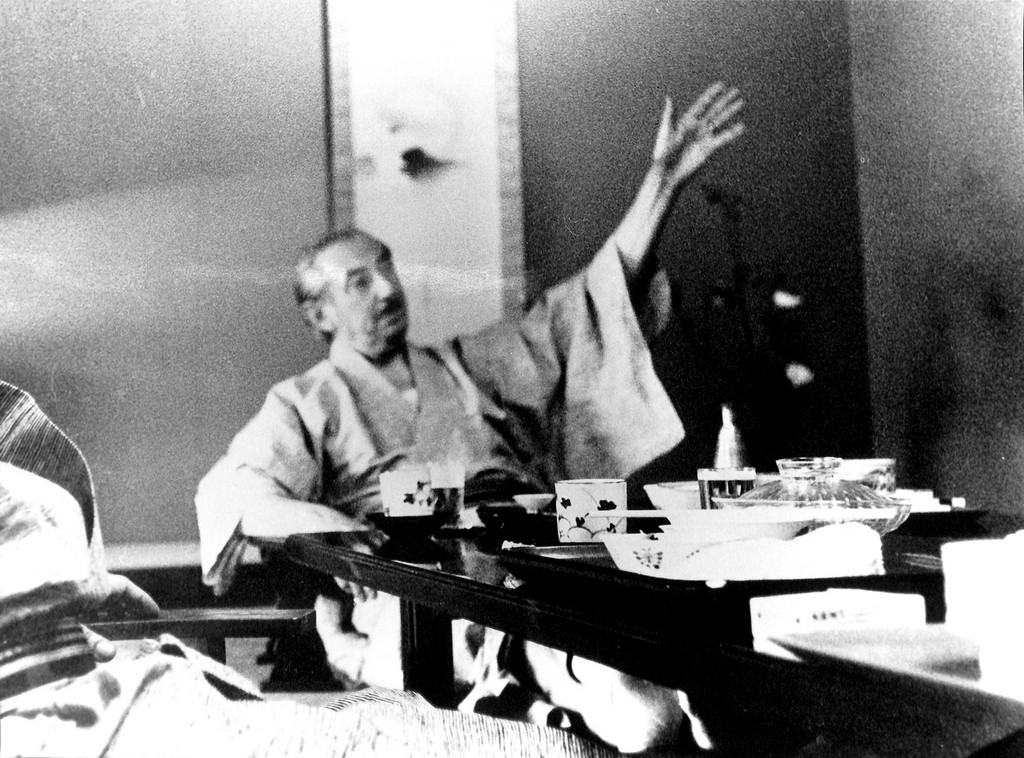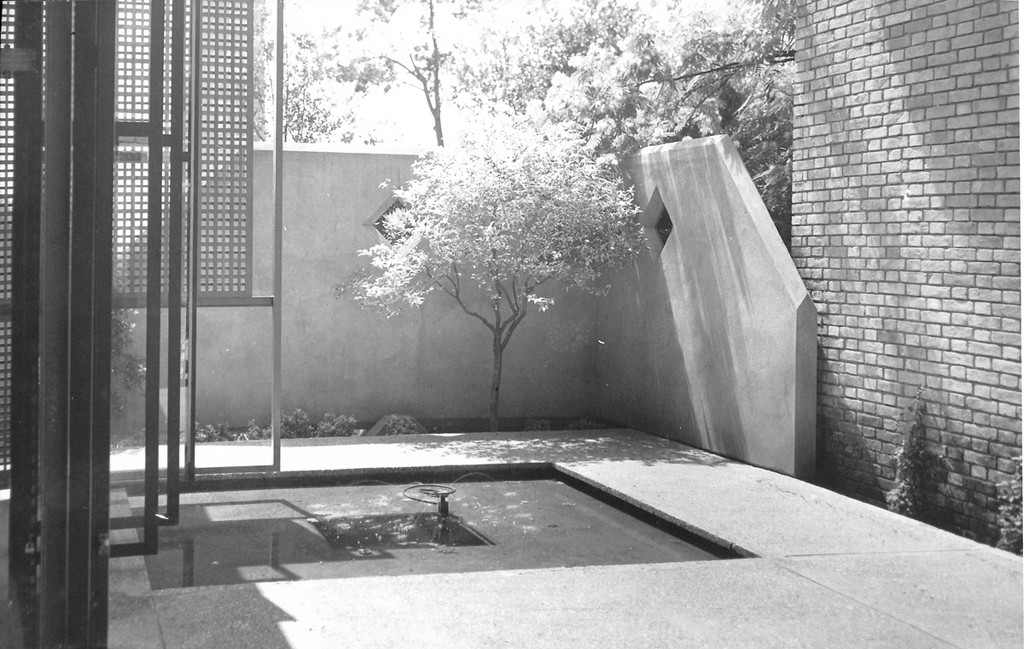Carlo Scarpa e Il Giappone
09 Nov 2016 - 17 Apr 2017

Carlo Scarpa, Allestimento della mostra su Frank Lloyd Wright alla Triennale di Milano, 1951. Veduta del pannello d'ingresso.
CARLO SCARPA E IL GIAPPONE
9 November 2016 - 17 April 2017
On the occasion of the exhibition The Japanese House, , dedicated to tradition and innovation in the architecture of Japanese homes, the Archives Centre is hosting an investigation of the multiple and deep-rooted motivations that link the architect and designer Carlo Scarpa to Japan, to its architectural culture, its literature and its historical, cultural and constructional traditions.
A story composed of projects, photographs and documents, many on show for the first time.
A complex system of relationships, suggestions and studies that have over time linked Carlo Scarpa, a lover and connoisseur of the country from 1969, and Japan itself which held the architect in great esteem, in particular for his published materials.
As well looking at which projects and in which forms Japan is to be found in Scarpa’s work, light is also shed on the episodes and factors that gave rise to this interesting system of relationships: papers, the architect’s personal library, critical fortunes in Japan and travel photos.
9 November 2016 - 17 April 2017
On the occasion of the exhibition The Japanese House, , dedicated to tradition and innovation in the architecture of Japanese homes, the Archives Centre is hosting an investigation of the multiple and deep-rooted motivations that link the architect and designer Carlo Scarpa to Japan, to its architectural culture, its literature and its historical, cultural and constructional traditions.
A story composed of projects, photographs and documents, many on show for the first time.
A complex system of relationships, suggestions and studies that have over time linked Carlo Scarpa, a lover and connoisseur of the country from 1969, and Japan itself which held the architect in great esteem, in particular for his published materials.
As well looking at which projects and in which forms Japan is to be found in Scarpa’s work, light is also shed on the episodes and factors that gave rise to this interesting system of relationships: papers, the architect’s personal library, critical fortunes in Japan and travel photos.




